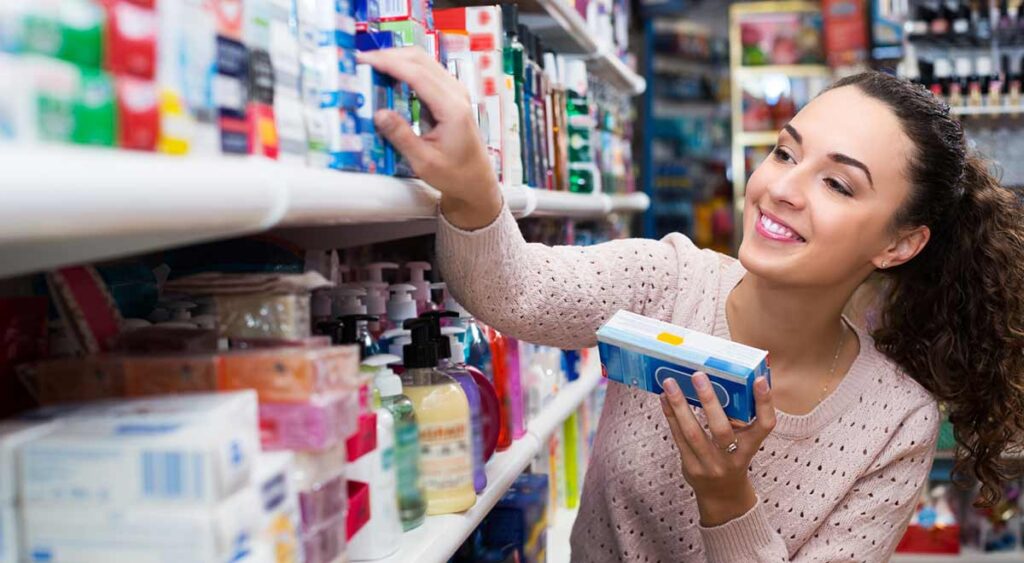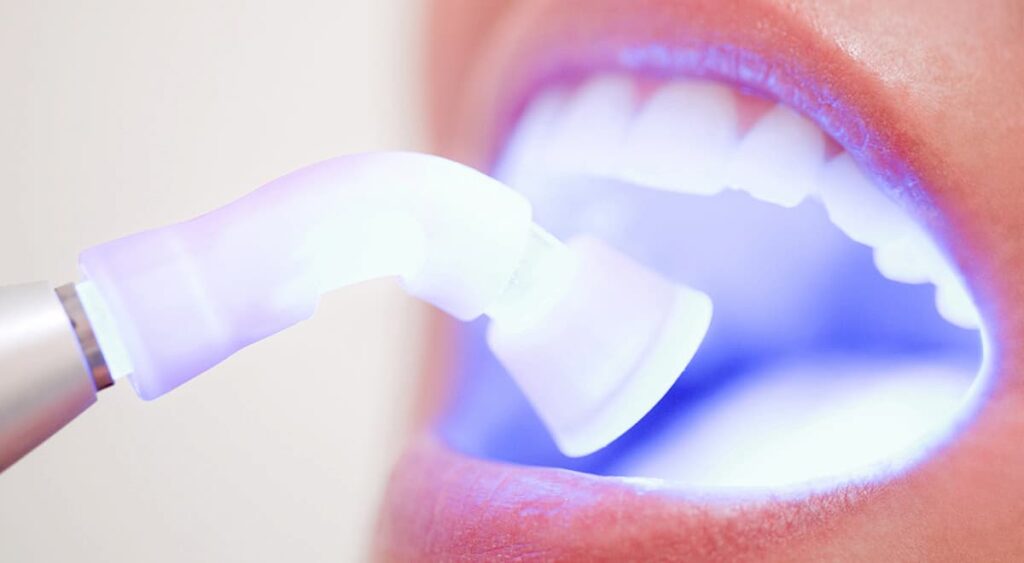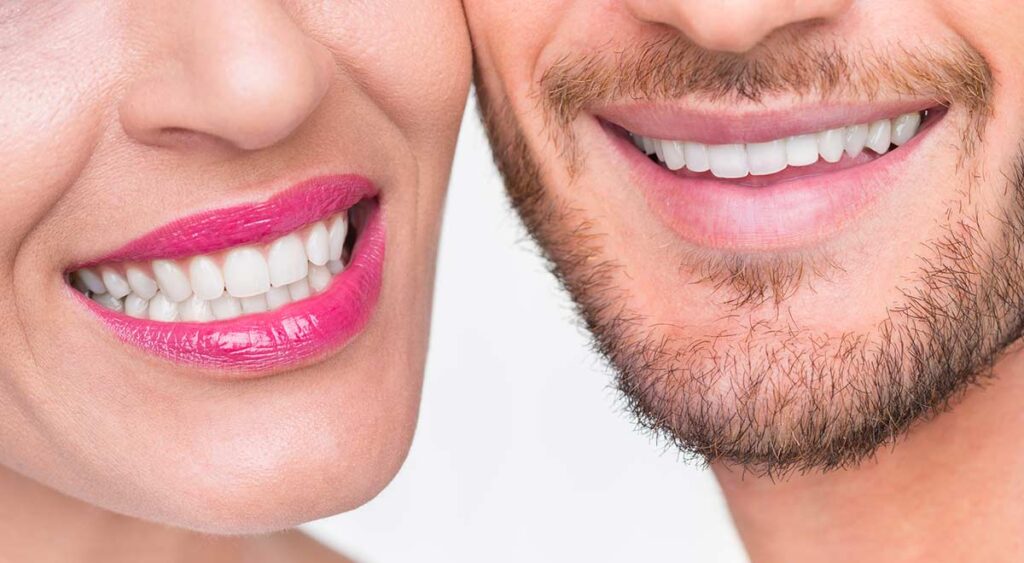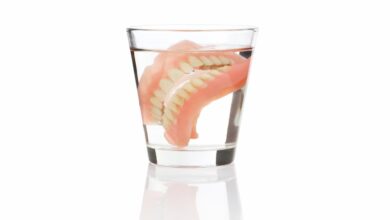Should I be concerned about tooth whitening safety?
As one of the most popular healthcare and cosmetic services, concern over tooth whitening safety is legitimate and deserves to be looked into. There are probably as many differing claims of whitening results as there are products on the market. Hundreds of thousands of people use them each year but are they really as safe and effective as what their respective advertising claims?
First, let’s take a look at the three main types of teeth whitening products are: OTC (Over-the-counter) whitening products, in-chair laser tooth whitening systems and take-home whitening kits.
Suitable for daily use, the whitening toothpastes are typically more expensive than your regular toothpastes. While they do help, in most cases, to slow down the effects of staining, their shade reduction abilities are questionable at best. However, it is also the most affordable method and may be the best option for those concerned about tooth whitening safety.
Whitening toothpastes available over the counter do help, in most cases, to slow down the effects of staining, however their shade reduction abilities are questionable at best.
The chair side method offers three big advantages over the take-home kits are speed, results and safety.
The take-home whitening kits involve the wearing of bleaching trays – that resemble nightguards. The trays are infused with bleaching agents, the most common being hydrogen peroxide or carbomite peroxide.
The dentist-administered laser tooth whitening method involves coating your teeth with hydrogen peroxide gel and using a high intensity light source to enhance the whitening process. Besides the catalytic action of the curing light, the main difference between the take-home kit and the laser treatment lies in the content of the gel solution. Compared to the take-home bleaching agent, professionally applied gels contain higher hydrogen peroxide concentrations (from 25-40%).
Some milder take-home whitening kits contain 10% Carbamide Peroxide. Although still effective, this type of bleaching solution delivers a hydrogen peroxide content (HPC) of around 3.5%, which is decidedly less than a chairside treatment.
The dentist-administered laser tooth whitening method involves coating your teeth with hydrogen peroxide gel and using a high intensity light source to enhance the whitening process.
Hydrogen peroxide is the main active ingredient responsible for the lightening effect. Obviously, a low-concentration peroxide agent would require more instances of treatments to achieve the same whitening result as a highly concentrated gel solution.
For reasons of safety, only dentists are authorised to handle gels solutions with higher hydrogen peroxide concentrations. As licensed healthcare practitioners, dentists re required to perform their procedures following stringent safety protocols, including the use of gum shields when applying the gels – protects the soft tissues in your mouth from burns caused by the highly concentrated gel solution – and wearing of protective goggles and gloves. While tooth sensitivity may occur at the early treatment stages, they would normally stop after the treatment. Although reports of irreversible tooth damage are extremely rare, it should be noted that a certain measure of risk is assumed in any dental or medical procedure.
Besides being a doctor-supervised procedure, the in-chair method takes about an hour to achieve lightening results as compared to the DIY method. Of course, these results vary from patient to patient, much depending on the condition of their discolouration and condition of their teeth.





![36725534_illustration [Converted]](https://www.qualitydental.com.au/wp-content/uploads/2022/08/Quality-Dental-Sydney-46-teeth-whitening-390x220.jpg)

